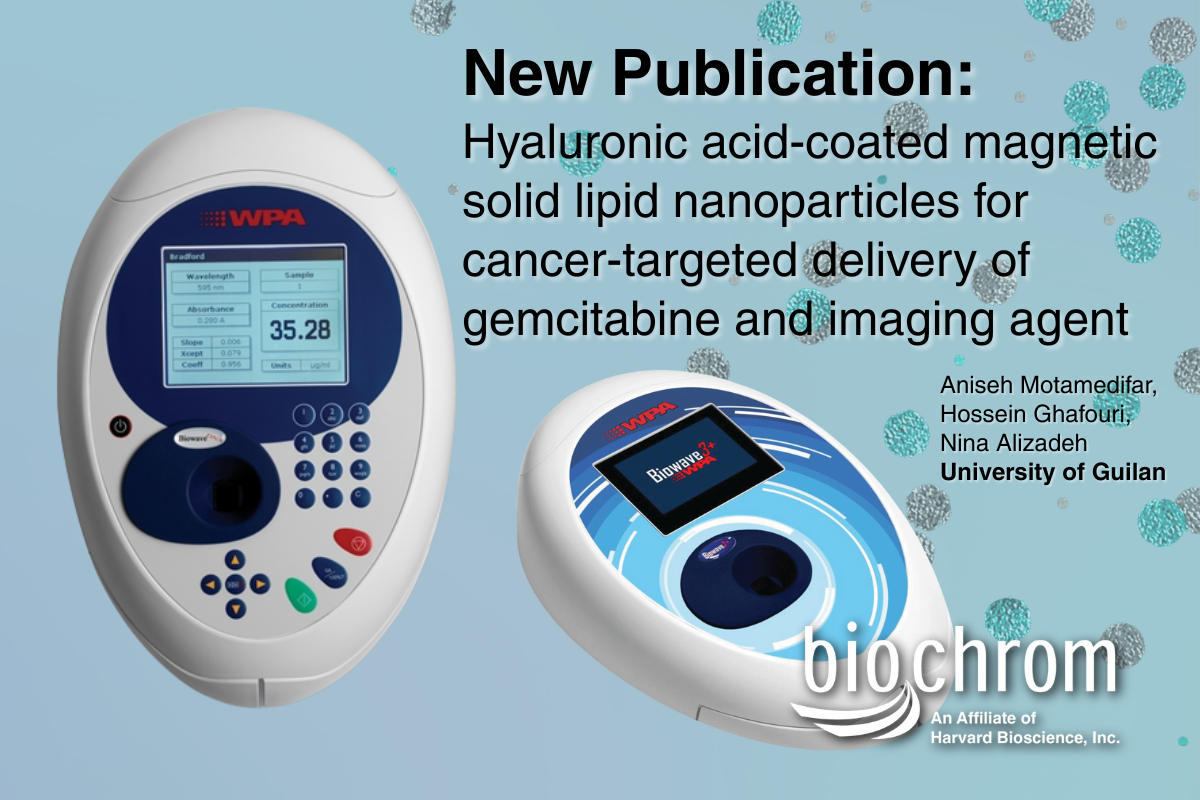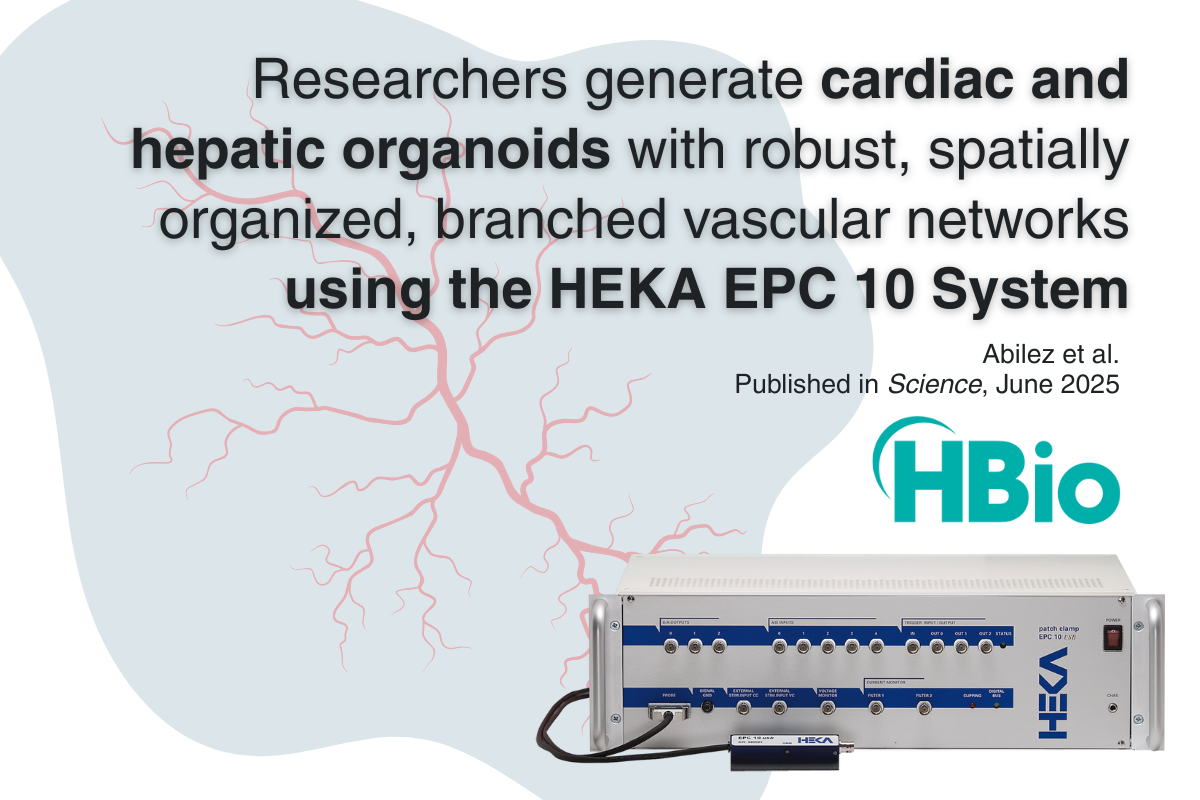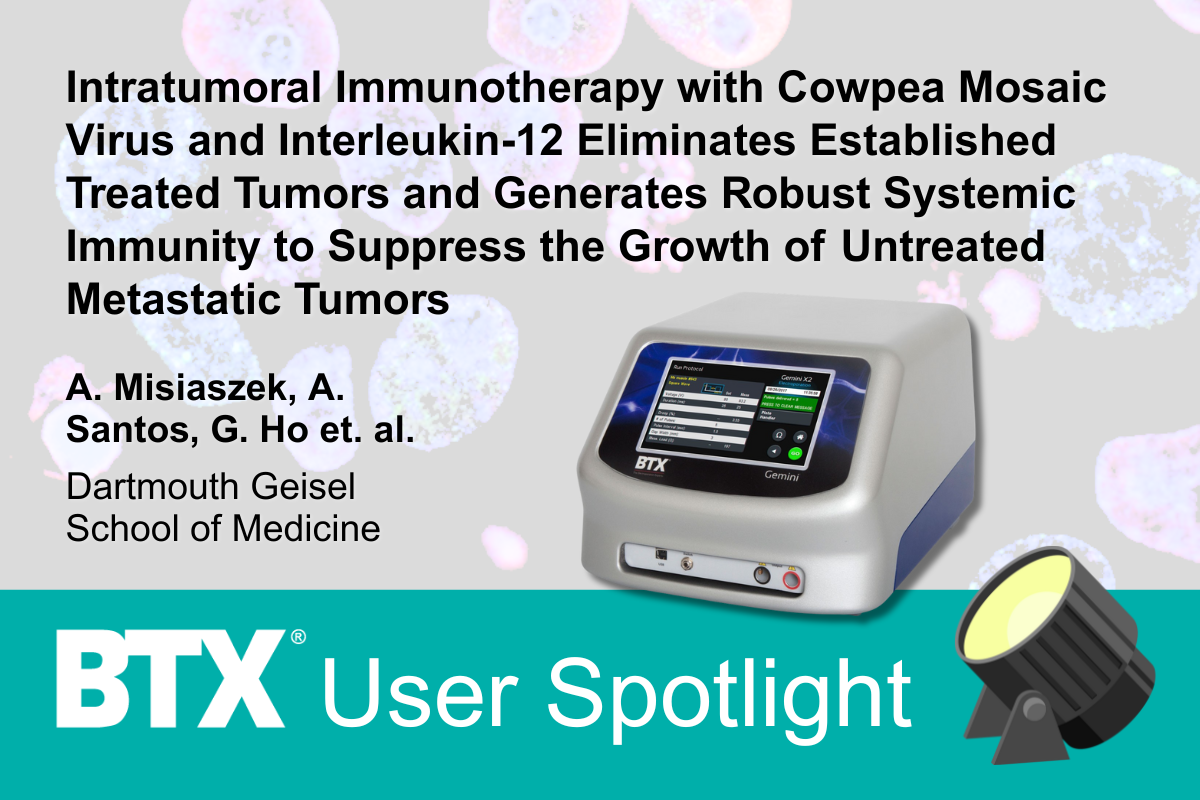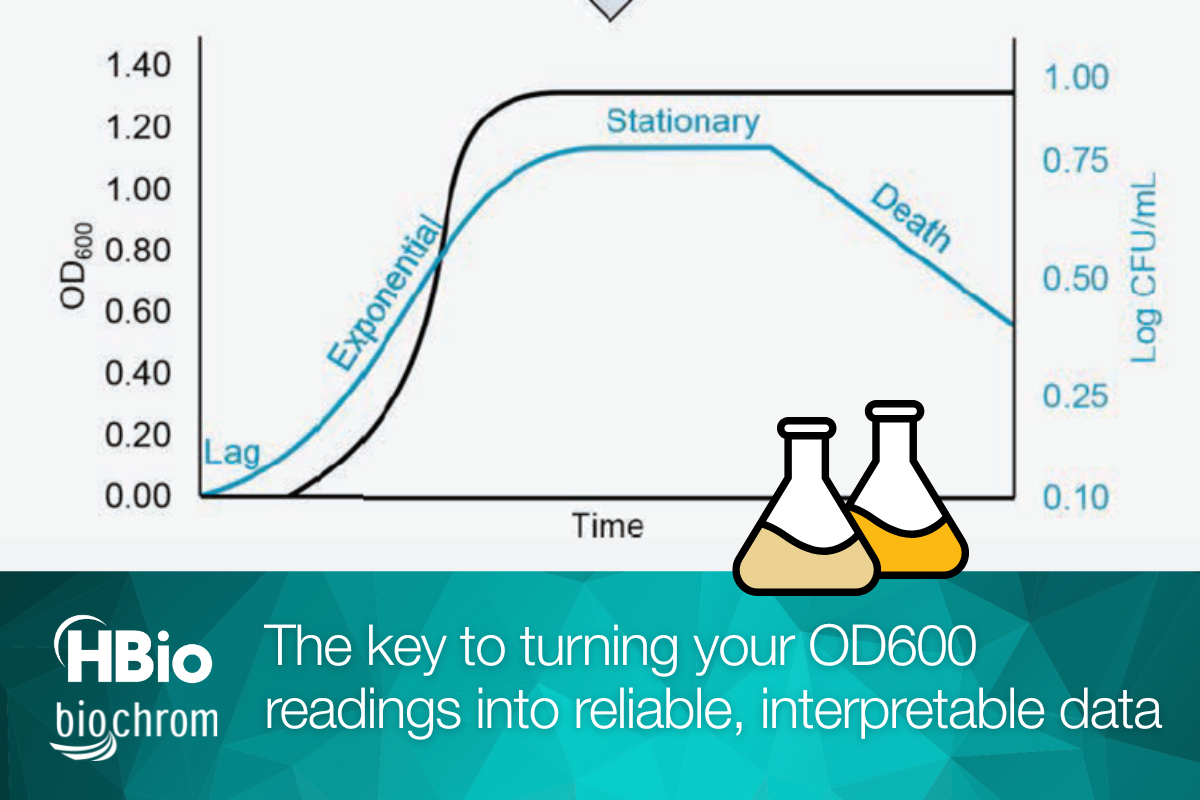Download the Poster: "A Refined Microelectrode Arrays System for Long-Term Electrophysiological Recordings in Brain and Retinal Organoids"
This downloadable scientific poster highlights breakthrough data showing that conventional planar MEAs can distort organoid morphology and lose activity over time, while the Mesh MEA’s integrated scaffold preserves structure, synapses, and functional network activity across weeks of culture.










